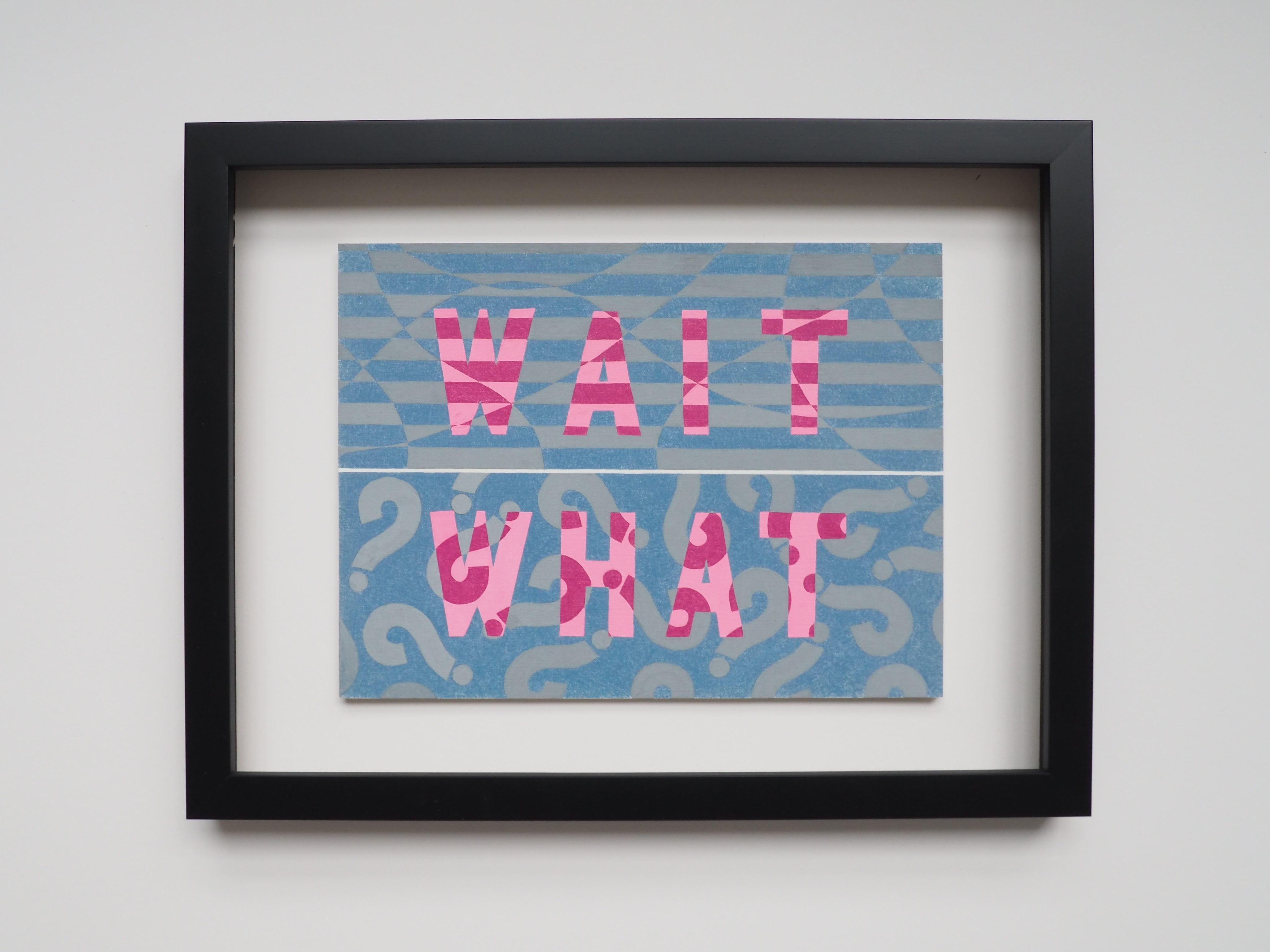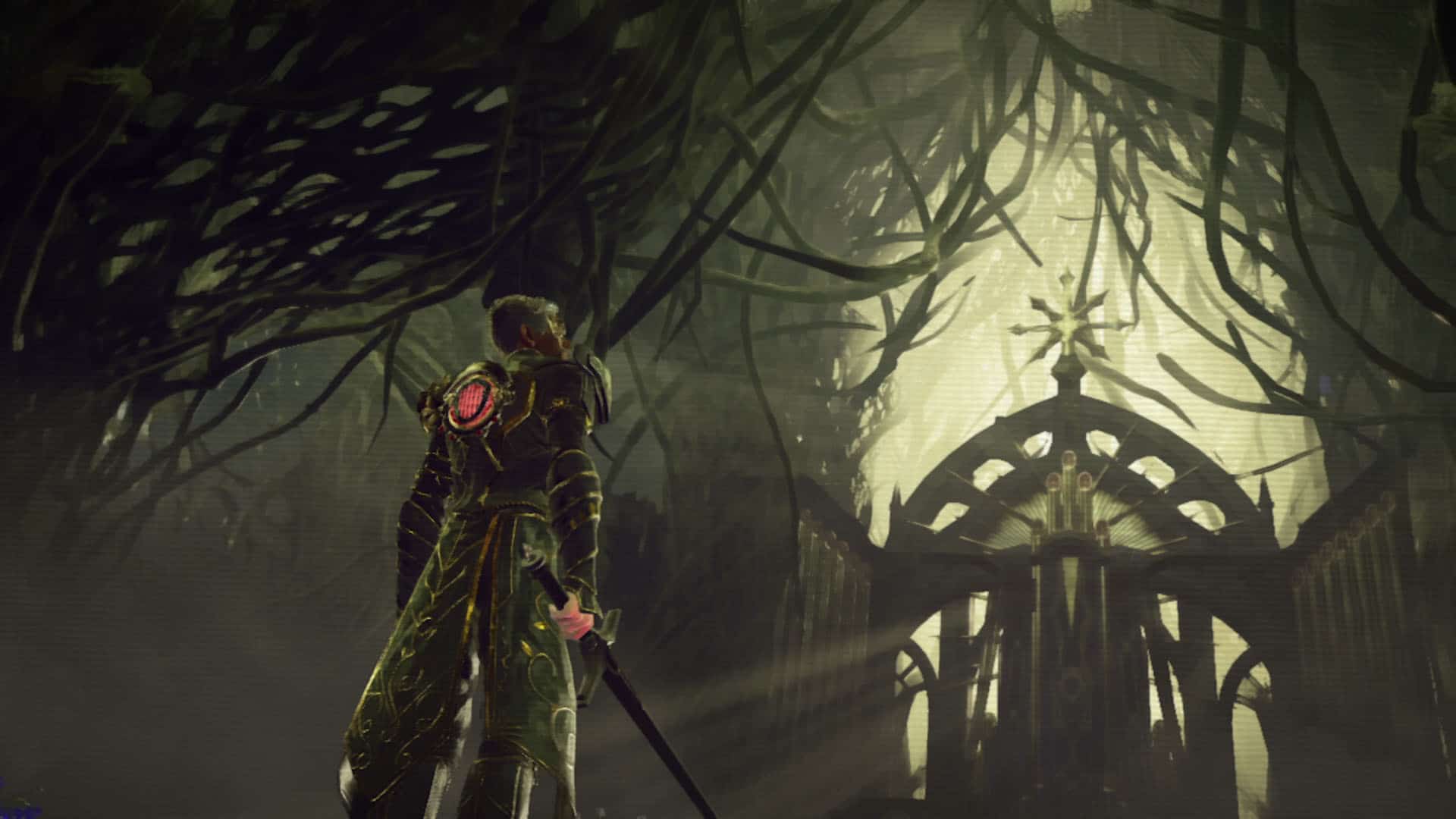Cybersecurity, artificial intelligence, climate science. They all have an image problem. Here’s why effective visuals matter.
Earlier this spring, while co-hosting a breakfast series with the DC think tank New America, I joined a conversation about the pressing need for better visual representation in cybersecurity.
The “hacker in a dark room” imagery that’s ordinarily featured in white papers and news reports fails to accurately depict the complexity of the threats we face. As a result, businesses, consumers, academics, and policymakers aren’t able to adequately grasp and grapple with those risks.
Creating a new visual language, the group concluded, was and is one of the most urgent cybersecurity challenges of the day.
Visuals in Tech
Of course, cybersecurity isn’t the only space that faces a messaging problem made worse by a scarcity of visuals. Most complex industries that rapidly evolved over the past twenty years—artificial intelligence, climate science, marketing tech—are in a similar situation, failing to engage audiences in a way that meets the moment.

In many cases, that failure results in alarmist, incendiary, and/or falsified information that works against growth and progress. Because of the Hollywoodization of artificial intelligence, for instance, people tend to fear AI as a technological advancement that will destroy humanity rather than as, say, a valuable tool in the fight against the climate crisis.
That’s not to suggest there aren’t downsides to AI, there are, like the fact that it’s inaccurately used to incarcerate innocent people. But, even those downsides are often overlooked and, therefore, under-discussed.

Why Sourcing More Realistic Images Matters
Perhaps if the de facto symbol of AI weren’t a drawing of interconnected and expansive nodes, we’d be in better shape.
And, perhaps, if cyber threats weren’t illustrated as the work of men in hoodies—rather than as the organized efforts of the Russian military or a group of female hackers living an affluent lifestyle in Indonesia—there would be a greater understanding of the cyber crime landscape.

Because visuals matter. A lot. In fact, one PWC study released in 2017 showed that “visual content is forty times more likely to get shared, and articles that feature an image every 75 to 100 words receive double the social media shares than those with text alone.”
Visuals can represent complex issues and provide powerful, easy-to-understand messaging for a wide-variety of groups. What cybersecurity and other primarily tech-focused industries need in tandem with research, therefore, is effective visual imagery.

The Next Step for Visual Representation in Cybersecurity
With that in mind, industries and creators must come together in a more connected effort. The former must recognize the power of dynamic visuals. The latter must educate themselves such that they can provide those dynamic visuals—accurately and with nuance.
In the cybersecurity breakfast series, we’re now taking steps forward to highlight and provide better imagery by asking questions around who or what should be the face of the industry. How do we create a new visual language? Who needs to be part of the dialogue for us to begin this complicated task?
With luck, we’ll provide guidance that can go far beyond the “hacker in a hoodie” cliché. And, this must happen in many—in fact, all—industries where a lack of coherent visuals allows for confusion. To create real impact, everyone must try a bit harder.
While this is in no way a roadmap, I’d like to propose that we create new, compelling, and understandable images to:
- Urge national security in the face of cyber threats
- Show the potential and pitfalls of artificial intelligence
- Highlight the complexity of and applicability of data science
- Drive action in response to the growing climate crisis
- Communicate the loss of privacy in a digitally-connected world
- Help people contextualize the current space race
Industries that fail to understand and create more impactful visuals will continue to struggle to move public opinion. And, the failure to move public opinion, in many arenas, puts our social wellbeing at risk.
Let’s look at a few more AI-inspired resources:
Cover image via Undrey.
Source link































